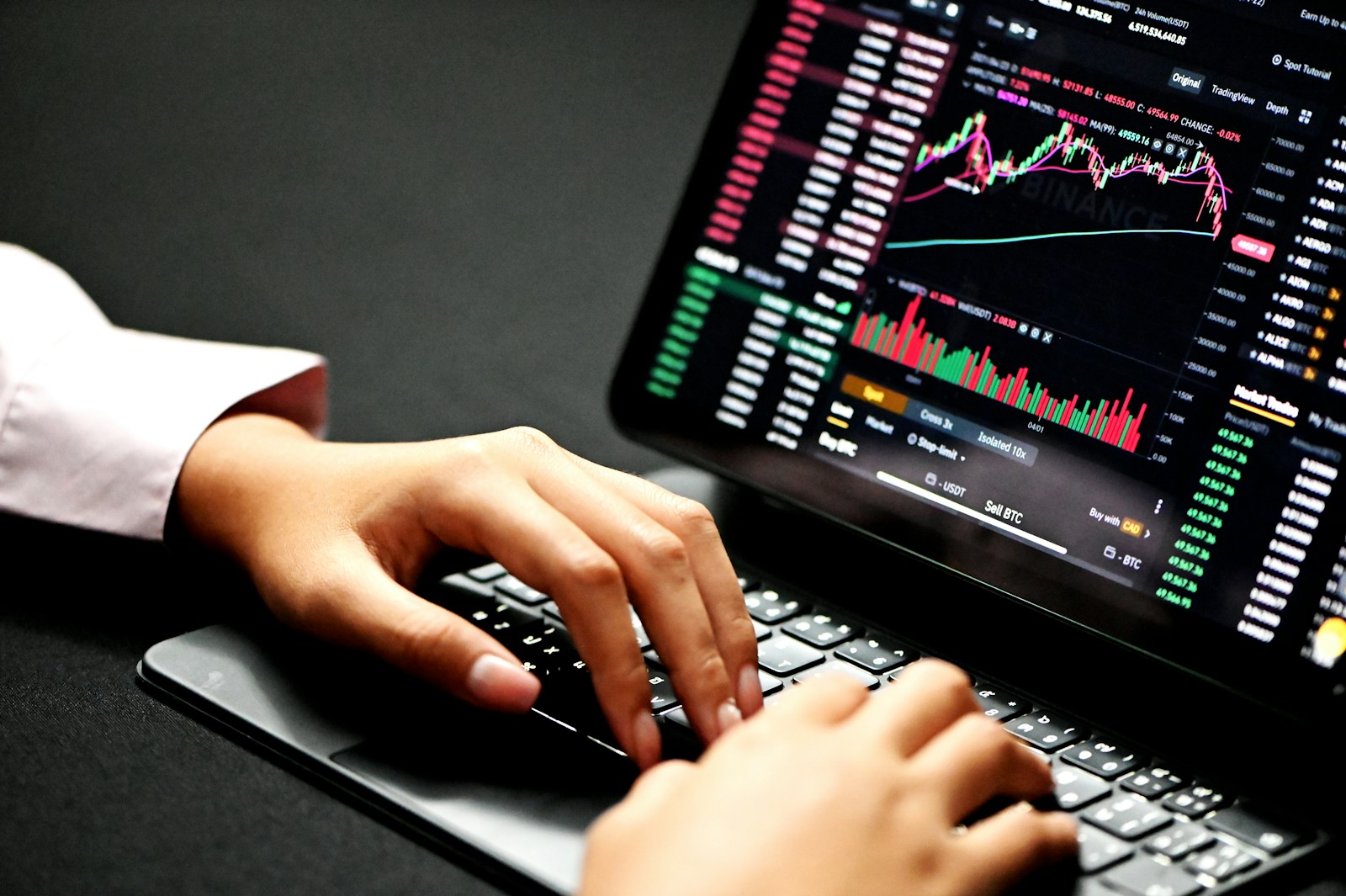Artificial intelligence is no longer a futuristic concept—it’s here, and it’s reshaping industries at an unprecedented pace. As we move through 2025, several key AI trends are defining how AI is transforming finance, business, and everyday life. Understanding these trends is crucial for investors, executives, and anyone looking to stay ahead in a rapidly evolving digital economy.
AI Agents
 One of the biggest shifts this year is the rise of AI agents. These aren’t just chatbots that answer questions—they’re autonomous systems that can plan, make decisions, and take action. For example, AI agents in finance can now analyze market trends, execute trades, and even manage portfolios with minimal human oversight.
One of the biggest shifts this year is the rise of AI agents. These aren’t just chatbots that answer questions—they’re autonomous systems that can plan, make decisions, and take action. For example, AI agents in finance can now analyze market trends, execute trades, and even manage portfolios with minimal human oversight.
Companies like Salesforce and Microsoft are embedding these agents into their platforms, allowing businesses to automate complex workflows. The potential for cost savings and efficiency is enormous, but it also raises questions about oversight and risk management.
Another major trend is the improvement in AI reasoning. Earlier AI models could generate text or summarize data, but they often struggled with logical problem-solving. Now, models like OpenAI’s o1 and Google’s Gemini can break down complex tasks, analyze contracts, and even simulate financial scenarios with human-like reasoning. This is a game-changer for industries like banking and insurance, where accurate decision-making is critical. However, as AI gets smarter, businesses must ensure these systems are transparent and free from biases that could lead to costly errors.
Also Read:
Elon Musk’s xAI vs. OpenAI: Who Will Dominate AI in 2025?
7 Mistakes New Investors in AI Stocks Make and How to Avoid Them
Candlestick Patterns for Trading
The Best Tech ETFs to Buy Now for Long-Term Growth
Faster Models
Efficiency is also a big theme in 2025. AI models are becoming faster and cheaper to run. The cost of generating an AI response has dropped dramatically, making real-time AI applications more viable for everyday business use. At the same time, smaller, more efficient models—like Microsoft’s Phi-3—are proving that big isn’t always better. These compact models can run on smartphones and laptops, opening up AI-powered tools to a wider audience. For financial firms, this means AI can be deployed at scale without requiring massive computing power.
 The push for responsible AI is stronger than ever. With AI now embedded in everything from healthcare to hiring, governments and companies are scrambling to set rules. California has introduced new AI privacy laws, and global organizations are working on frameworks to ensure AI is used ethically. In finance, this means stricter audits of AI-driven decisions and more transparency in how algorithms assess risk. Firms that ignore these concerns could face regulatory backlash or lose customer trust.
The push for responsible AI is stronger than ever. With AI now embedded in everything from healthcare to hiring, governments and companies are scrambling to set rules. California has introduced new AI privacy laws, and global organizations are working on frameworks to ensure AI is used ethically. In finance, this means stricter audits of AI-driven decisions and more transparency in how algorithms assess risk. Firms that ignore these concerns could face regulatory backlash or lose customer trust.
AI’s role in the workplace continues to grow. A staggering 78% of companies now use AI in some form, up from 55% just a year ago. Employees are using AI for tasks like data analysis, report writing, and customer service. However, not all implementations are successful—AI can boost productivity by nearly 40% when used correctly, but it can also hinder performance if applied to tasks beyond its capabilities. The key is finding the right balance between automation and human oversight.
AI Investments
Investment in AI is skyrocketing, with the U.S. leading the way at $109 billion in private funding—far ahead of China and Europe. Generative AI alone attracted $33.9 billion globally, reflecting its potential to revolutionize content creation, design, and even software development. For investors, this means opportunities in AI infrastructure, cloud computing, and specialized AI applications. But it also means heightened competition as tech giants and startups alike race to dominate the market.
 Scientific breakthroughs powered by AI are another area to watch. AI is accelerating discoveries in drug development, climate modeling, and material science. For instance, Microsoft’s AI-driven protein simulation could lead to life-saving medications, while AI tools are helping researchers design more sustainable materials.
Scientific breakthroughs powered by AI are another area to watch. AI is accelerating discoveries in drug development, climate modeling, and material science. For instance, Microsoft’s AI-driven protein simulation could lead to life-saving medications, while AI tools are helping researchers design more sustainable materials.
These advancements aren’t just academic—they have real-world implications for industries like biotech and clean energy, creating new investment opportunities 38.
Future Challenges
Despite all the progress, challenges remain. AI still struggles with complex reasoning in high-stakes scenarios, and hallucinations—where models generate false information—are a persistent issue. New benchmarks and testing methods are helping, but businesses must remain cautious, especially in fields like law and finance where accuracy is non-negotiable.
The best approach is to combine AI’s speed with human expertise to catch errors before they cause problems .
Looking ahead, AI will keep evolving, becoming more integrated into our daily lives and work. The trends of 2025—autonomous agents, smarter reasoning, cost efficiency, and ethical concerns—are just the beginning. For finance professionals, staying informed and adaptable is the best way to harness AI’s potential while mitigating its risks. The future belongs to those who can leverage AI as a tool, not just a trend.


